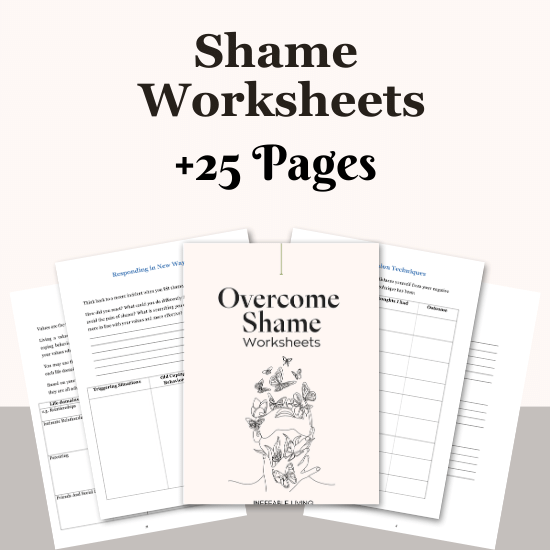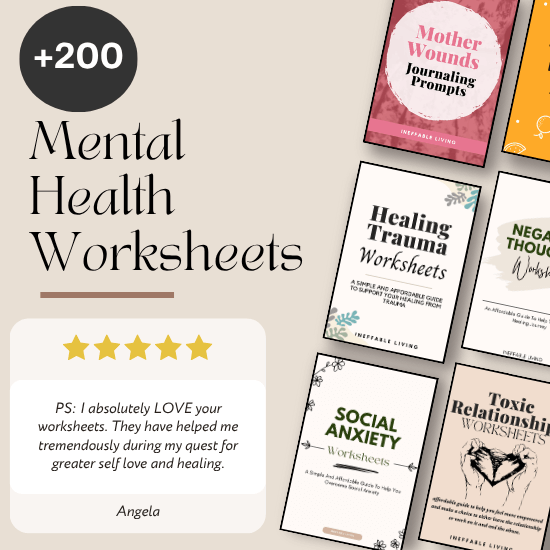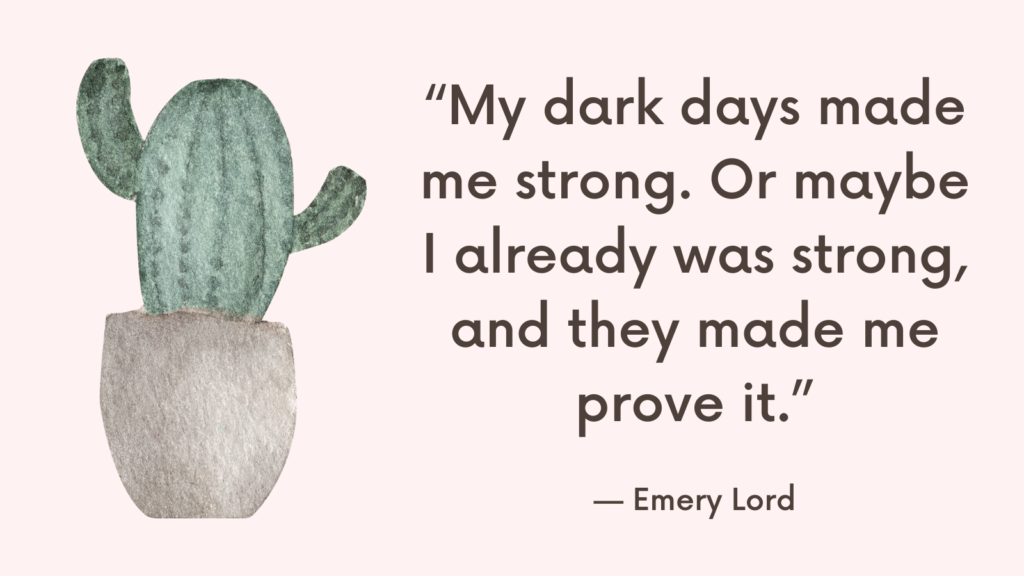You want connection — the kind that feels deep, honest, and safe. But when someone gets close, you pull back. You smile while hiding the truth. You stay silent when your heart wants to speak. You crave intimacy, yet something in you whispers, “Don’t let them see too much.”
That something is often shame.
Shame and intimacy are deeply connected. Intimacy requires being seen — and shame says that what will be seen is unworthy. That’s why vulnerability, which should open the door to closeness, can instead trigger fear, panic, or emotional shutdown.
Here’s why vulnerability feels so dangerous when shame is in the room — and how to begin rebuilding safety within yourself.
Triggers That Activate Shame in Vulnerable Moments
Shame doesn’t need a big event—it gets activated in small, emotionally charged moments like:
- Expressing a need and feeling ignored or dismissed
- Being emotionally or physically naked in front of someone
- Sharing something personal and getting a neutral or awkward response
- Being compared to someone else (even subtly)
- Asking for reassurance or clarity in a relationship
These moments don’t just feel awkward—they trigger the fear that your real self is “too much,” “needy,” or “not enough.”
Symptoms That Shame Is Blocking Your Intimacy
When shame is running the show, it can quietly sabotage closeness. You might notice:
- Difficulty making eye contact during vulnerable conversations
- Avoiding compliments or deflecting affection
- Feeling like you’re always performing or managing how you’re perceived
- Fear that your emotions will “scare them away”
- Constantly editing yourself to avoid judgment or disappointment
These aren’t personality flaws—they’re self-protection strategies.
Related: Best 20 Healing Shame Exercises To Break Free From Toxic Shame
Shame and Intimacy: Why Vulnerability Feels So Dangerous
Shame Says: If They Really Knew Me, They’d Leave
At the heart of shame is the fear of disconnection. It tells you that your flaws, feelings, or story are too much — or not enough. When you’ve internalized shame, vulnerability doesn’t feel like a bridge. It feels like a risk:
“What if they judge me?”
“What if they pull away?”
“What if I lose them?”
The fear isn’t irrational — it’s learned. If you’ve ever been shamed for your emotions, rejected for being honest, or punished for needing closeness, your nervous system stores that as proof that vulnerability is unsafe.
You May Have Learned to Hide to Survive
If love in your past was conditional — based on performance, perfection, or emotional obedience — you may have learned to hide parts of yourself to be accepted. That strategy may have kept you safe then. But now, it creates a barrier to the very connection you long for.
You begin to equate exposure with danger, even in relationships that are safe.
Vulnerability Feels Like Losing Control
Shame thrives on control. It says: “Don’t let them see you cry.” “Don’t admit you’re struggling.” “Keep it together.”
Why? Because if you’re fully seen, you might be rejected — and then the shame is “confirmed.”
So you protect yourself by staying guarded. But that guard blocks the kind of intimacy that makes relationships real.
Related: Guilt And Shame In Recovery: Top 10 Tips to Overcome Them
Intimacy Becomes a Mirror You Avoid
When someone sees you up close, it can feel like they’re holding a mirror. If you carry unresolved shame, that mirror doesn’t reflect your worth — it reflects every perceived flaw. You might feel exposed, vulnerable, and suddenly unlovable.
So instead of getting closer, you pull away — even if the other person never asked you to.
The Body Remembers What the Mind Forgets
Even if you want to be vulnerable, your body may react with tension, nausea, withdrawal, or irritability when intimacy deepens. That’s not you being “difficult” — that’s a nervous system protecting you from what it once experienced as danger.
You can’t force safety. But you can slowly build it.
Related: Top 17 Shame Journal Prompts (+FREE Worksheets)
How to Begin Making Vulnerability Safer
1. Name the Shame When It Shows Up
Say to yourself, “This is shame, not reality.” Calling it out creates space between the feeling and your identity. You are not the shame — you’re the one noticing it.
2. Go Slow With Vulnerability
You don’t have to reveal everything at once. Share something small, see how it’s received, and let that become evidence that vulnerability doesn’t always lead to pain.
3. Choose Emotionally Safe People
Not everyone deserves access to your inner world. Look for people who respond with kindness, presence, and emotional consistency — not punishment, ridicule, or dismissal.
4. Replace Old Scripts
When shame says, “They’ll leave if they know the real you,” respond with, “If they leave because I’m real, it’s not love I want.”
5. Learn to Sit With the Discomfort
Vulnerability often feels uncomfortable — even in safe relationships. Let yourself feel the awkwardness, the uncertainty, the exposure. It doesn’t mean you’re in danger — it means you’re being brave.
Related: How to Break Shame Cycle? Top 8 Strategies
6. Practice Self-Compassion First
The more gently you relate to your own emotions, the easier it becomes to let others see them. Tell yourself: “My feelings are not shameful. My story is valid. I am still worthy, even when I feel raw.”
What Vulnerability Actually Looks Like in Safe Intimacy
Vulnerability isn’t over-disclosing or emotional dumping. It’s allowing yourself to be real—without the armor. It sounds like:
- “I’m afraid to say this, but I want to be honest…”
- “This is hard for me to share, but I don’t want to keep it in.”
- “I know this might sound messy, but here’s what I’m feeling…”
- “Can you help me hold this? I don’t want to carry it alone.”
- “I don’t need you to fix it—I just need you to hear me.”
Genuine connection requires risk—but the right people will meet you there, not run.
Related: Best 10 Shame Books

Conclusion
Shame tells you that vulnerability will lead to rejection. But healing reminds you that true intimacy can only exist when you’re fully seen. You don’t have to hide to be loved. The right people won’t see your softness as a flaw — they’ll see it as the doorway to deeper connection.
Vulnerability is not the enemy of safety. It’s the pathway to it — when you offer it with discernment, courage, and self-trust.



